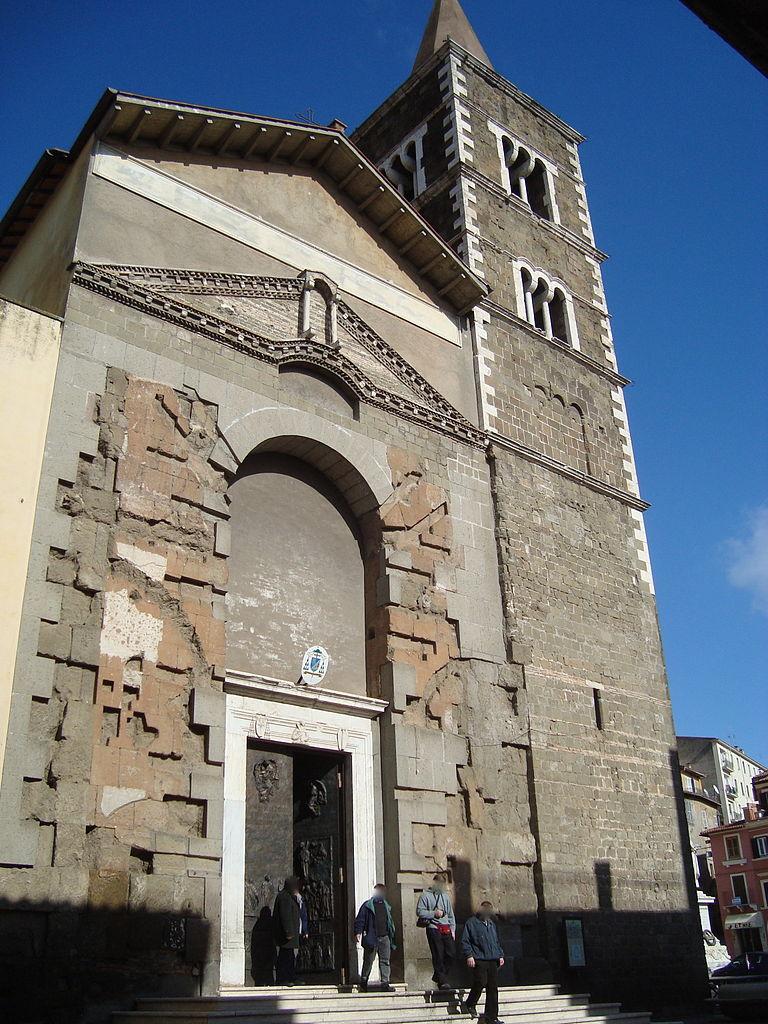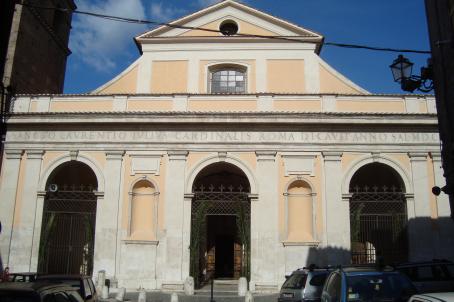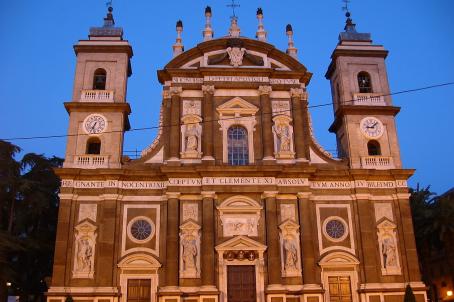Palestrina Cathedral
The Cathedral of Palestrina was built in the 15th and 16th centuries on an ancient church, it was enlarged in the 18th century and largely rebuilt in the 18th and 19th centuries. The façade has Romanesque elements in its upper part, while the marble portal bears the coats of arms of the Della Rovere and Colonna families. The façade has also preserved traces of an ancient sundial from the Roman period.






